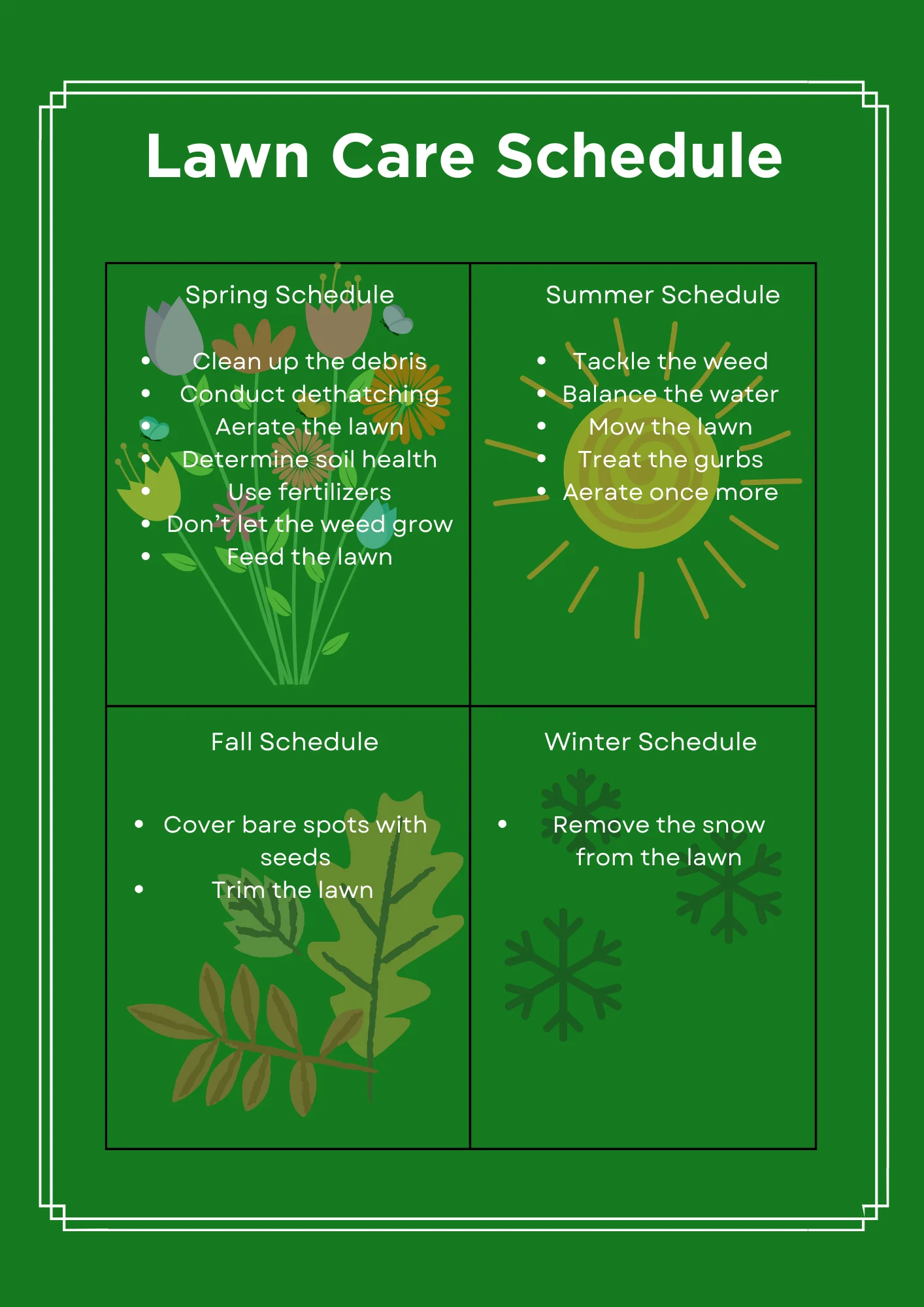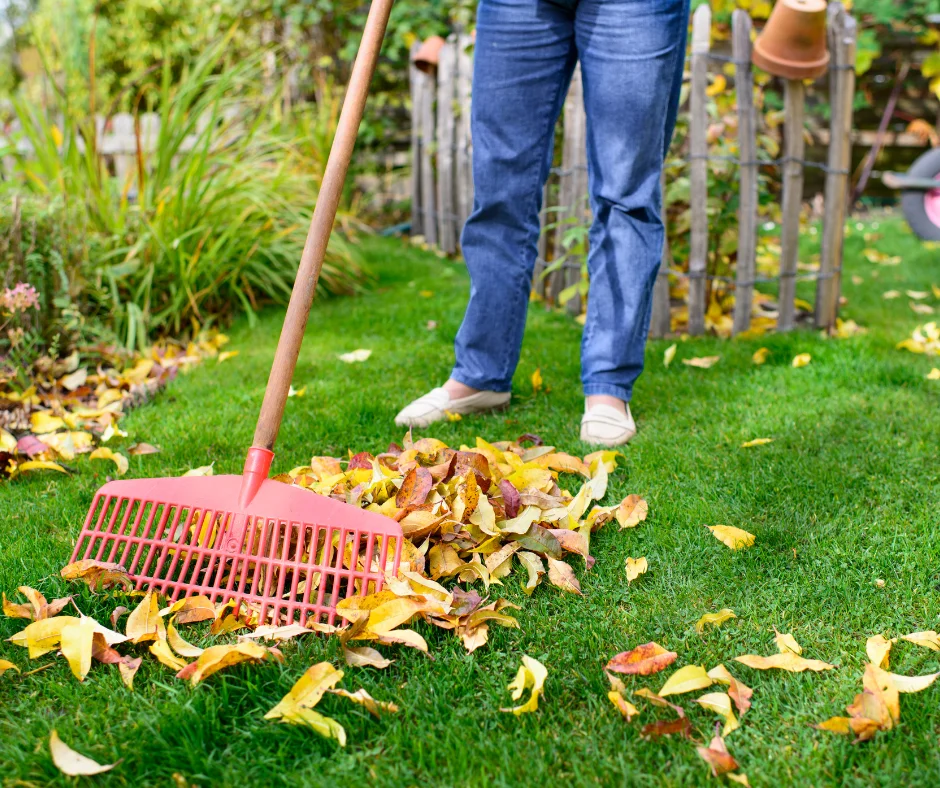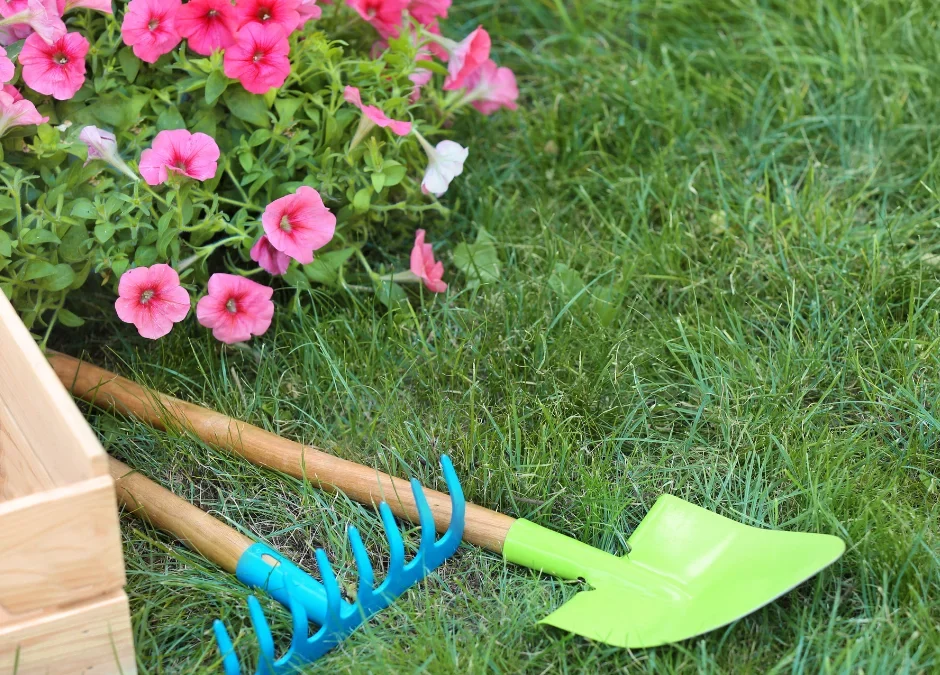By the looks of it, you may not find any point of difference in lawns. In reality, the turfgrass and plants are of various types depending on the climate.
Just like all living beings, the grass in your lawn needs food, water, and love to grow and thrive. The proper care of lawns encompasses helping them withstand the stresses of extreme temperatures and cope with diseases.
To ensure the deep and strong root of the grass that seems full-on, lush and bright, you need to organize an effective lawn care schedule.
In this guide, we’ll take you through the Ontario lawn care schedule.
So, let’s jump straight into it.
Lawn Care Schedule: A Guide for Every Season

The steps for the lawn care schedule are all connected to subsequent months.
To be precise, the activities you perform in the lawn care schedule in spring allow your yard to look amazing in summer.
Likewise, the Ontario lawn care schedule in the fall will prepare it for the tough winter season.
Spring Lawn Care Schedule

Spring is the time when your lawn will receive adequate sunshine to grow at its full pace.
If you don’t pay attention to it at this time, it may start to look like a jungle with unwanted grown weeds.
Here are the tips for lawn care in the months of super bloom–March, April, and May.
1. Clean Up the Debris
Ready or not, you need to get going to clean up the debris as the first step of the do-it-yourself lawn care schedule.
You can manually gather the fallen leaves, branches, and twigs from your lawn.
Then, pull the weeds and the charred patches of ground to accelerate new growth.
2. Secure Its Future with Dethatching
After cleaning your yard, you should dethatch it as the second most crucial step of your lawn care schedule.
The dethatching process involves removing the layer of dead grass and other organic debris that accumulates on your lawn over time.
This coating will keep nutrients, air, and water from getting to your grassroots if you don’t remove it, which can eventually result in acres of barren lawn.
You can rent the equipment for it from your neighbourhood hardware store.
3. Reward the Lawn with Aeration
Many homeowners don’t own an aeration machine, making them omit this lawn care schedule step.
This efficient procedure encourages a deeper root system and introduces new growth to replace aging, dying turf.
Apart from that, it helps your grass get the oxygen and nutrients it needs to grow strong.
To allow air to flow through your lawn, aerating entails pulling out small soil cores and placing them on the grass. Another method is puncturing it with spikes.
Were you thinking of dropping this step because you don’t have an aerator? Then, you might be smoothing the way to a stressed lawn.
So, if you don’t know where to start, hiring a professional for aeration is a good option.
4. Determine Soil Health
Understanding the health of the soil with some simple tests can indicate the steps you need to add to the lawn care schedule.
You can get kits from the market for this evaluation and find which nutrients need to be added to the soil.
Once you know it, you can purchase fertilizer accordingly.
5. Maintain the Soil Health With Fertilizers
A consistent lawn maintenance regimen, beginning in the spring, keeps your turf lush and dense.
Fertilizer applied in the lawn care schedule for spring helps your lawn recover from the negative impacts of other seasons, such as browning and thinning.
On top of that, it prepares the lawn for the remainder of the growing season.
Because compost helps the soil retain moisture and is rich in nutrients, apply it to your lawn.
Do this step in the early spring by combining it with dirt and raking it in a thin layer.
Make use of complex fertilizers that have balanced nitrogen, potassium, and phosphorus levels.
Slow-release fertilizers are better since they stay in the soil for a longer period of time and cause less leaching.
Fertilizer in excess can be eroded by rain; modest fertilization is best suited for the Ontario lawn care schedule.
Apply fertilizer as soon as it starts to rain in the spring because high temperatures and moisture levels facilitate the easier release of nutrients from the fertilizer.
6. Don’t Let Weeds Take Charge
After you are done with the fertilizer application step of the lawn care schedule, apply a pre-emergent herbicide.
You need to do it when the temperature is right and before the weed starts to sprout.
7. Feed the Lawn
Some part of the lawn grass dies after the winter. To make the entire lawn lively again, you must sow new seeds by overseeding.
Mid-March to early April is the ideal time of year to sow seeds in the spring Ontario lawn care schedule.
Lawn Care for Summer

In the months of June, July, and August, the focus of the lawn care schedule should be on maintenance.
1. Tackle the Weed
As the summer season arrives, you will notice the germination of weeds in your lawn. To remove them, you can use a string trimmer or herbicide or just manually pluck them out.
2. Balance the Water
Hot summers can take away all the water from your lawn. Therefore, to prevent it from damage, you can water the lawn in the morning.
Remember, don’t go overboard with watering, as overly wet grass is the perfect environment for fungal growth.
3. Mow the Lawn Carefully
Mowing the lawn too low makes it vulnerable to different diseases. When you cut the grass, ensure the height is not too low to prevent damage.
4. Treat the Gurbs
Tiny white insects that live discreetly in the soil are known as Gurbs. As the roots of the grass are their food, they can destroy the lawn if not treated.
Milky spores and chemical insecticides are the two options to treat Grubs.
5. Aerate Again
In the late summer, add aeration to your lawn care schedule. It deals with the compaction of soil, which is a consequence of foot traffic.
Lawn Care Schedule for Fall

As fall pushes summer, the temperature starts decreasing.
Thus, the lawn care schedule for the months of September and October won’t be the same.
This time, you need a fertilizer high in phosphorous content. It will help the grass store nutrients to survive in the upcoming waves of cold.
1. Cover Bare Spots with Seed
To make the lawn dense and thick, overseeding is an important part of the fall lawn care routine, too.
So, fill all the sections of the lawn that lack grass with seeds.
2. Trim the Lawn
The lawn care schedule in the fall includes cutting the grass short. This will prevent the lawn from matting down due to leaf litter. Also, if you don’t cut it, snow mould may start growing on it.
To gain in-depth knowledge, read our blog on fall lawn care for step-by-step methods, the benefits of each practice, and much more!
Lawn Care Schedule in Winter

In November, December, and January, the lawn will go dormant.
So, in the lawn care routine for this season, you only have to follow one step:
Remove the Snow
If snow envelops your lawn in winter, don’t use a sharp object to clear it, as it can damage the roots of the grass.
Instead, use a snow-melting material with two equal portions of sand and salt.
FAQs
Why do I need a lawn care schedule?
It helps keep tabs on lawn care practices and ensure that the requirements of the lawn are being fulfilled.
What is the right mowing height?
You should never cut one-third of the grass.
How do you take care of grass during its dormant phase?
Avoid constant foot traffic by keeping heavy objects away and not parking anything on the lawn to avoid damage.
The Bottom Line
This is how you can form a practical lawn care schedule to make the tedious tasks doable.
If you can’t find the time to follow the Ontario lawn care schedule, don’t get upset because Falcon Landscaping is at your service.

